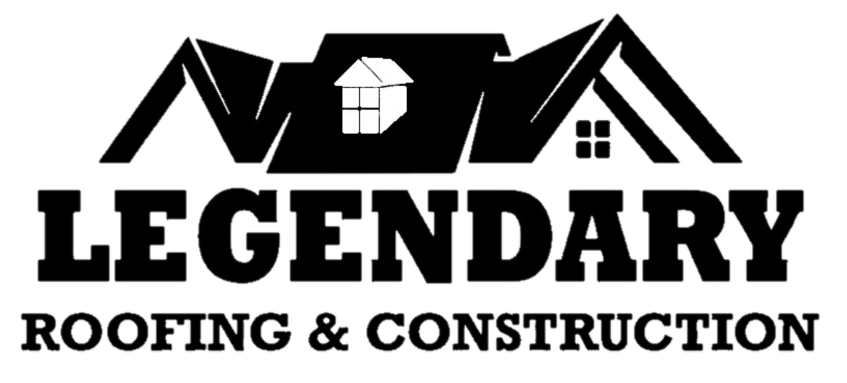
Storm Damage?
Now What?
A step-by-step guide homeowner should follow after their roof sustains damage.
By the Roofing Experts at Legendary Roofing and Construction
📞 Call us: 405-714-6034 📧 legendaryroofingok@gmail.com 👉oklegendary.com
📞 Call us: 405-714-6034 📧 legendaryroofingok@gmail.com 👉oklegendary.com
Step-by-Step Guide: What to Do After Storm Damage to Your Roof
1. Ensure Safety First
- Stay Inside If Unsafe:
Avoid going outside during or immediately after the storm if there are still high winds, lightning, or other dangerous conditions. - Check for Hazards:
Watch for downed power lines, broken glass, exposed nails, or structural instability before stepping outside.
2. Perform a Preliminary Visual Inspection (From the Ground)
- Walk around the exterior of your home and inspect for damage.
- Look for:
- Missing or curled shingles
- Damaged flashing
- Fallen branches or debris on the roof
- Exposed underlayment or decking
- Gutter or siding damage
3. Document the Damage
- Take Clear Photos and Videos:
Capture wide shots of the whole roof and close-ups of specific damage. (Do this from different angles and lighting if possible.) - Time Stamp:
If your phone or camera allows, make sure the time and date are included in your documentation. - Log Details:
Write down a list of observed issues and when you noticed them.
3. Document the Damage
- Take Clear Photos and Videos:
Capture wide shots of the whole roof and close-ups of specific damage. (Do this from different angles and lighting if possible.) - Time Stamp:
If your phone or camera allows, make sure the time and date are included in your documentation. - Log Details:
Write down a list of observed issues and when you noticed them.
4. Prevent Further Damage
- Tarp the Roof:
If safe to do so, or with professional help, install a tarp over exposed sections to prevent water intrusion. - Secure Loose Items:
Move furniture and valuables away from leaking areas inside your home and use buckets to collect drips.
5. Contact Your Homeowners Insurance Company
- File a Claim Promptly:
Provide your insurer with all the documentation (photos, videos, notes) and follow their process for initiating a claim. - Schedule an Adjuster Visit:
An insurance adjuster will need to inspect the damage and evaluate your claim.
6. Hire a Reputable Roofing Contractor
- Research Local, Licensed Roofers:
Choose one experienced in storm restoration and familiar with the insurance claims process. - Avoid Storm Chasers:
Be cautious of contractors who go door-to-door after storms. Always verify licenses, references, and reviews. - Get a Written Estimate:
The estimate should outline materials, labor, and timelines clearly.
7. Attend the Adjuster Meeting (if possible)
- Have Your Contractor Present:
It’s often helpful to have your chosen roofer meet with the adjuster to ensure nothing is overlooked. - Point Out All Damages:
Walk the adjuster through your findings and make sure interior and exterior damages are noted.
8. Review the Insurance Estimate
- Understand the Scope of Work:
Compare the insurance report with your contractor’s estimate to ensure alignment. - Ask Questions:
Clarify line items, depreciation, and whether the policy covers full replacement cost or actual cash value.
9. Proceed with Repairs or Replacement
- Sign a Detailed Contract:
Include start and end dates, warranty information, materials to be used, and total cost. - Monitor the Work:
Stay in touch with your contractor during the process and ensure cleanup is part of the agreement.
10. Final Inspection & Documentation
- Walk the Property:
Do a final walkthrough with the contractor to ensure all work was completed to your satisfaction. - Collect Paperwork:
Keep all receipts, warranties, and photos of the finished work for your records and potential resale.
